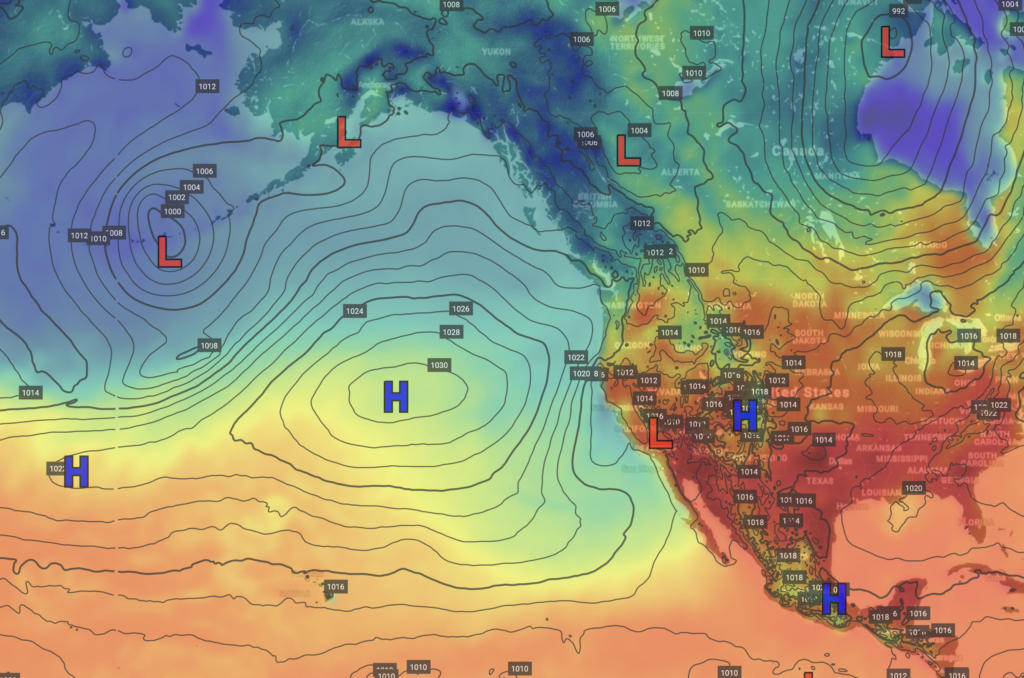As the monsoon season sets in, many of us welcome the respite from scorching heat and long for the refreshing rain. However, for individuals prone to migraines, the rainy season can bring unwelcome challenges. Migraine sufferers often report an increase in headache frequency and intensity during this time. The combination of humidity, atmospheric pressure changes, and other environmental factors can trigger migraines or exacerbate existing ones. In this blog, we will explore the reasons behind the aggravation of migraines during monsoon and provide five practical tips to manage and reduce the impact of these debilitating headaches.
Understanding the Connection: Monsoon and Migraine
While the exact mechanism linking monsoon to migraines isn’t entirely understood, several factors contribute to this seasonal correlation:

Atmospheric Pressure: During the monsoon, the barometric pressure tends to fluctuate significantly. Such pressure changes can influence the pressure within our sinuses and blood vessels, potentially triggering migraines.

Humidity: High humidity levels can cause dehydration, a common migraine trigger. Moreover, excessive moisture in the air might lead to the growth of mold and fungi, which can also trigger migraines in susceptible individuals.

Bright Lightning: Intense lightning and thunderstorms are common during the monsoon. These natural phenomena, with their sudden flashes of bright light and loud noises, can act as migraine triggers.

Allergens: Monsoon can bring a rise in airborne allergens like pollen and mold spores, which may prompt migraines in those sensitive to these substances.

Temperature Fluctuations: Monsoon weather is often marked by abrupt temperature changes. Sudden shifts from warm to cold or vice versa can be migraine-inducing for some individuals.
Five Tips to Manage Monsoon Migraines
While it may be challenging to control the weather, you can take proactive steps to manage migraines during the monsoon season:

Stay Hydrated: Dehydration is a significant trigger for migraines, and the humid weather can exacerbate the problem. Ensure you drink plenty of water throughout the day to maintain proper hydration levels.
Maintain Consistent Sleep Patterns: Changes in weather can disrupt sleep, which is another migraine trigger. Try to stick to a regular sleep schedule, maintain a relaxing bedtime routine, and create a conducive sleeping environment.


Create a Migraine-Friendly Environment: Dim lighting and noise reduction can help ease migraines. Invest in blackout curtains to minimize exposure to bright flashes & consider using earplugs during thunderstorms to reduce noise.
Monitor Weather Forecasts: Keep an eye on weather forecasts, especially during the monsoon season, to anticipate any significant weather changes. Being aware of impending storms or temperature fluctuations can help you take preventive measures to manage migraine triggers.


Identify and Avoid Triggers: Keep a migraine journal to track potential triggers specific to the monsoon season. By identifying these triggers, you can make conscious efforts to avoid them and reduce the frequency of migraines.
While the monsoon season can be a challenging time for migraine sufferers, understanding the factors contributing to these headaches empowers individuals to take control of their health. By implementing the five tips mentioned above, you can better manage migraines and improve your overall well-being during this rainy season. Remember, seeking professional medical advice and support is essential if migraines significantly impact your daily life. Embrace the monsoon with preparedness, and don’t let migraines rain on your parade!


